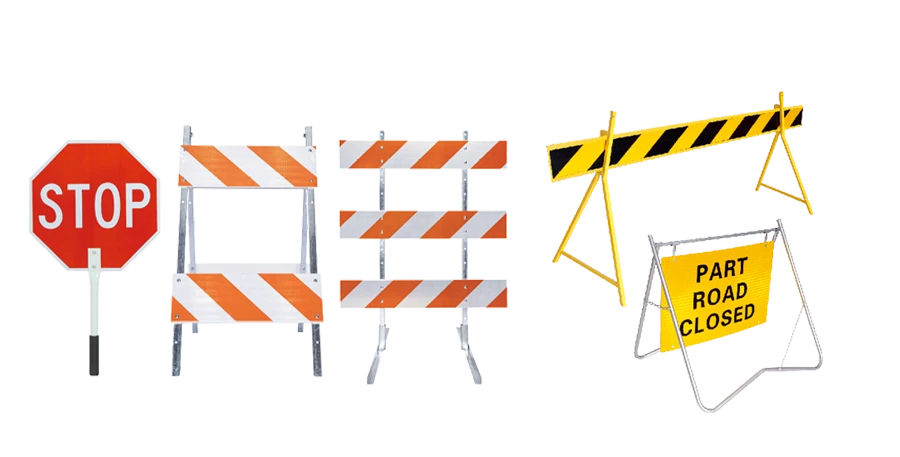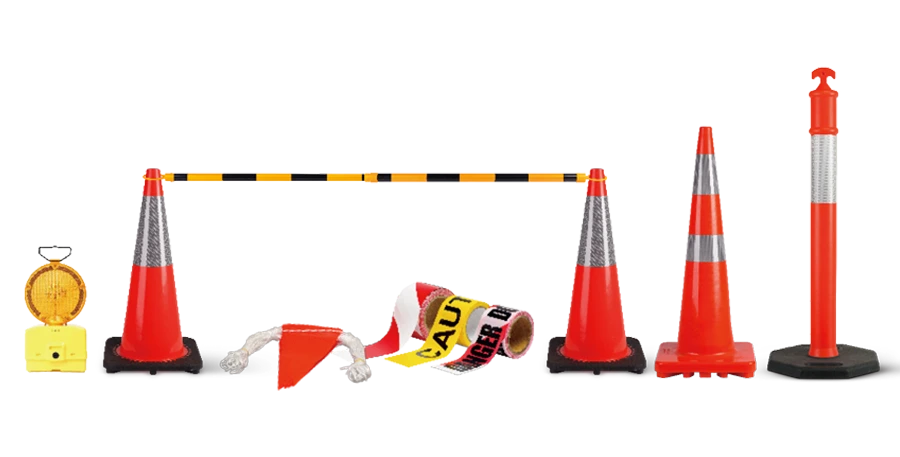Wann sollte Taper verwendet werden?. Tangente Kanalisierung in Bauzonen
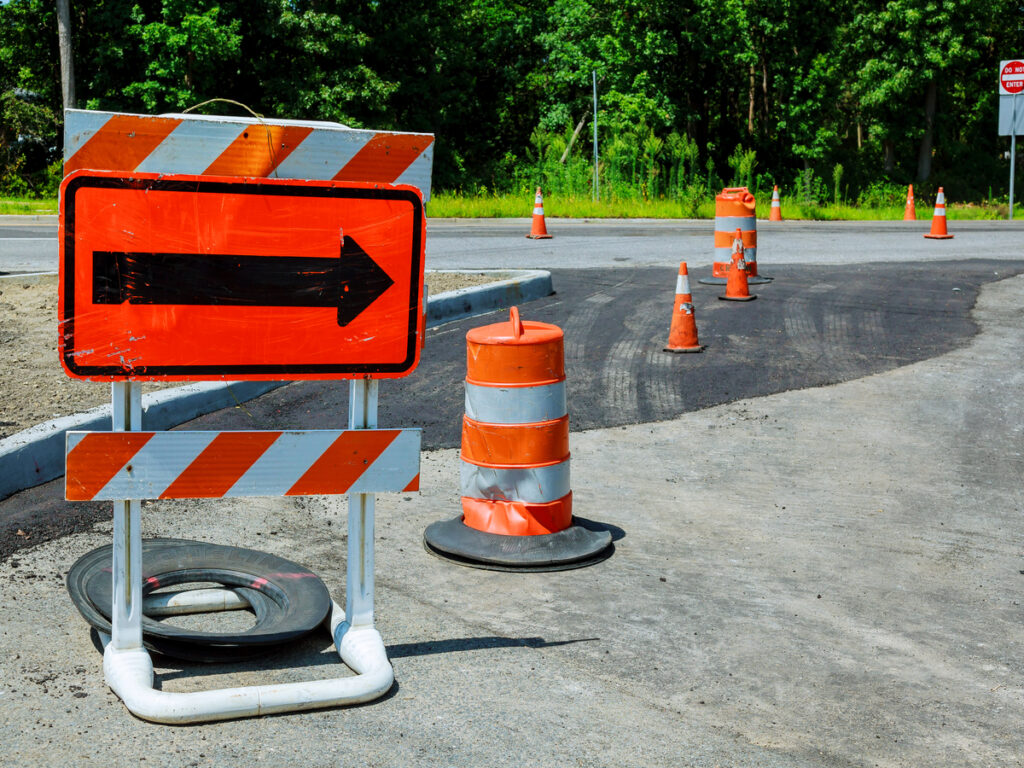
Know when to use taper or tangent channelization in construction zones. See how channelizing devices guide traffic and boost work zone safety.
Der ultimative Leitfaden für Beschaffungsmanager zur Suche nach einem zuverlässigen Hersteller von Verkehrsschildern
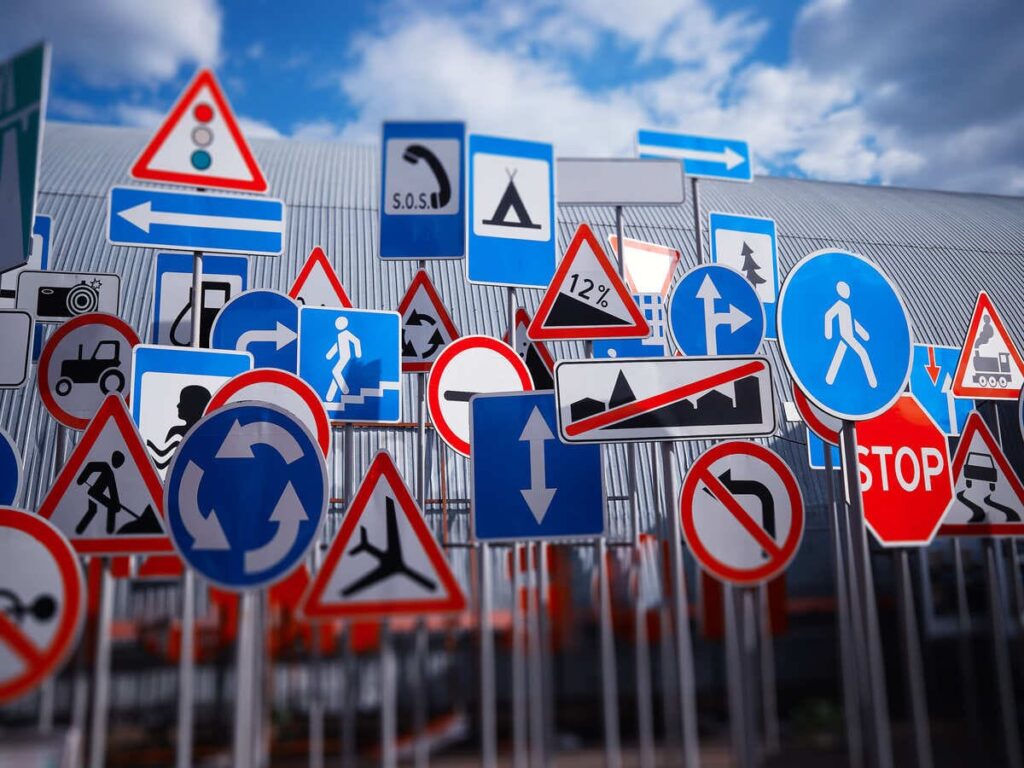
Your ultimate guide to traffic sign procurement, covering key steps from defining needs to choosing suppliers and ensuring timely delivery.
Vermeidung von Blasen und Falten beim Laminieren von Verkehrsschildern
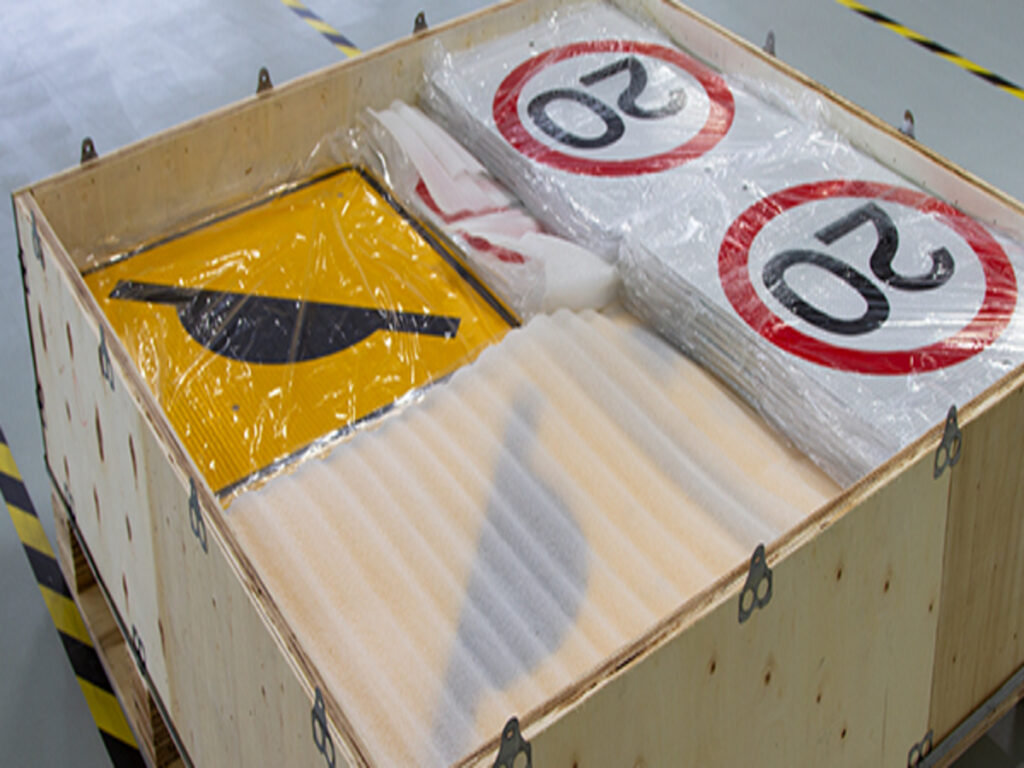
Prevent bubbles and wrinkles when laminating signs by using quality materials, proper tools, and climate control for smooth, long-lasting traffic signs.
Zuerst bohren vs. Zuerst laminieren: Auswahl der besten Methode zur Herstellung von Verkehrsschildern
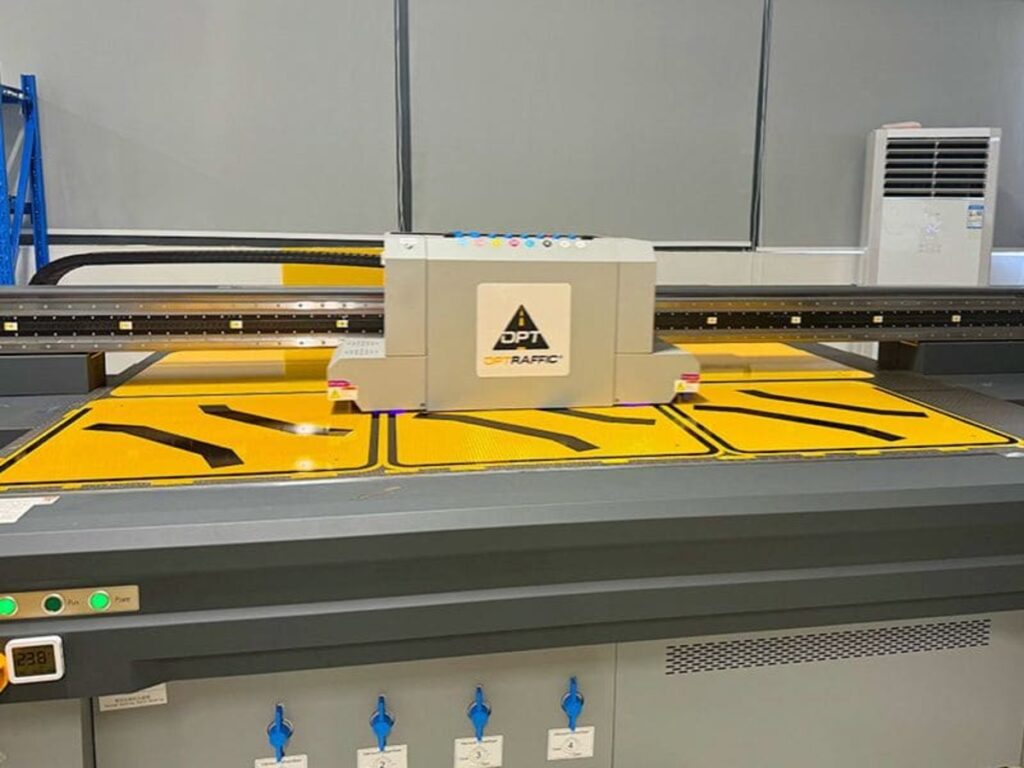
Compare drilling first vs. laminating first in traffic sign manufacturing to choose the most durable, kostengünstig, and reliable production method.
Wie sich die Herstellung von Verkehrsschildern an AS/NZS anpasst 1906 Anforderungen
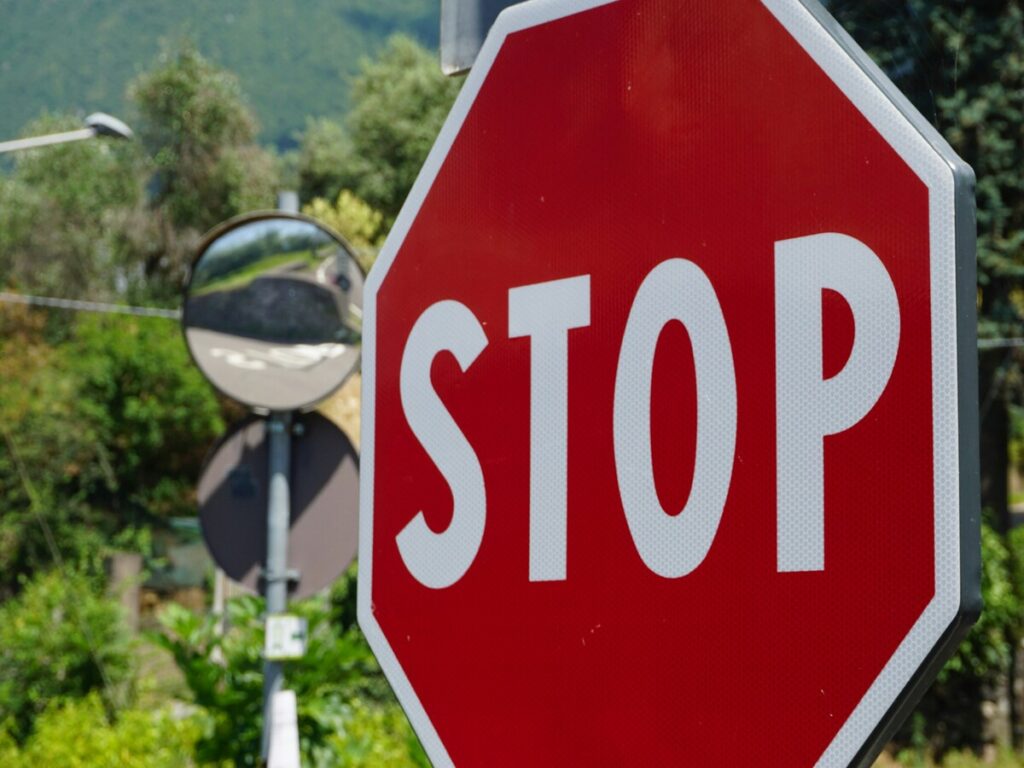
Als/nzs 1906 shapes traffic sign manufacturing by setting strict rules for materials, Sichtweite, und Compliance, ensuring safer, more reliable road signage.
Kostenlose oder kostenpflichtige Stoppschilder zum Ausdrucken, die gewinnen

Printable Stop Signs: Free templates save money, but paid options offer higher quality, full customization, and compliance for official use.

